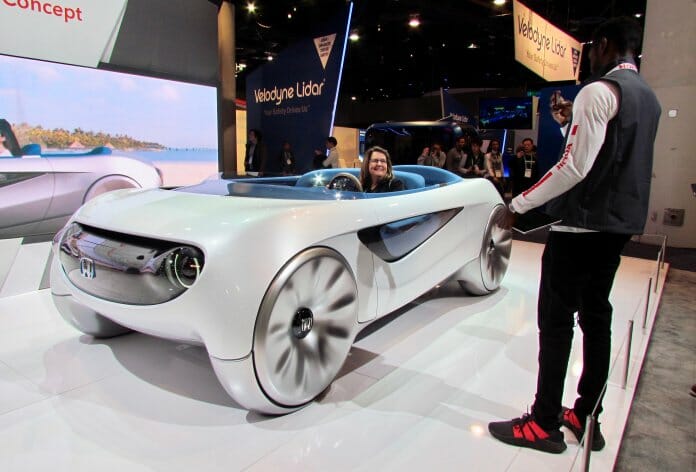Turns out that the SEMA Show isn’t the only automotive showcase that annually overflows the Las Vegas Convention Center. This past week, the convention center’s North Hall has been the epicenter of the automotive world as automakers, their suppliers and even some newcomers displayed their visions for our drive into the future.
The event was CES, the Consumer Technology Association’s annual gathering formerly known as the Consumer Electronics Show, where you could see the latest in ginormous-screen televisions, Star Trek-style devices designed to enhance your health — and even to streamline visits to your doctor’s office — and view the revolution technology is generating on the farm and in the home. And just as it has for more than a century, the automobile is driving research and development, and cultural change, around the world.
Of course, there’s the issue of who — or what — actually does the driving in the future. While that continues to be sorted out, here are some of the vehicles on display at CES 2020:
Mercedes-Benz Vision AVTR
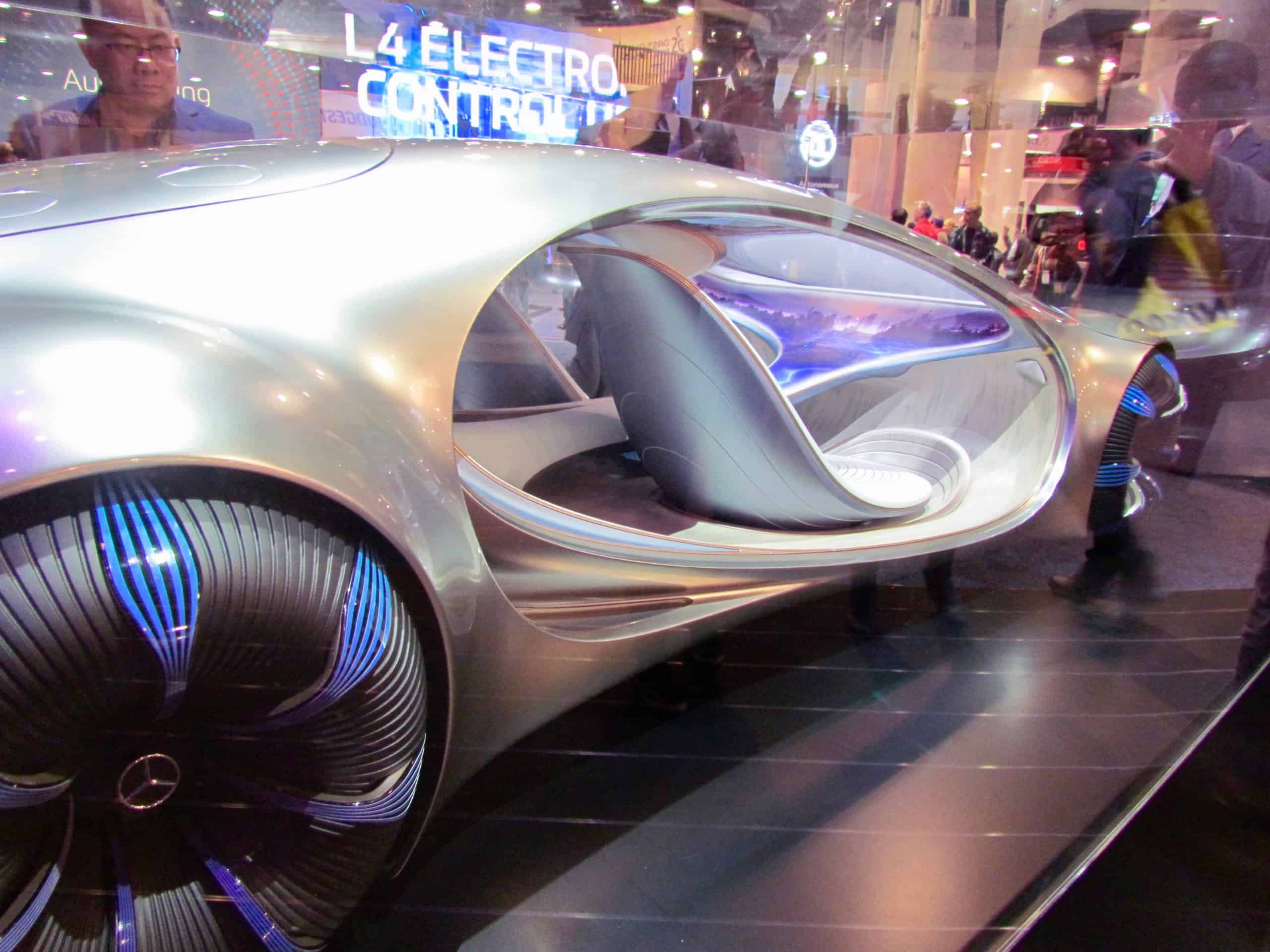
The showstopper was a Mercedes-Benz concept car inspired by filmmaker James Cameron’s vision as expressed in the movie Avatar and especially in Avatar 2, which is scheduled for release in late 2021. Cameron and several members of his production team joined Mercedes chairman Ola Kallenius and his designers and the Mercedes staff futurologist — yes, there is such a person — in the AVTR unveiling on the eve of the CES opening.
Not only does the car have an organic design complete with bionic flaps that open and close like gills and what might be termed holographic switchgear that reaches out to you, but Mercedes is working on what it calls “organic-cell” batteries that would power the car and then be compostable at the end of their lifecycle.
Sony Vision-S

You can drive and race cars on Sony’s PlayStation, or someday you might graduate to a real car as the electronics company stunned CES with its own full-scale prototype vehicle, the Vision-S. “Sony wants to re-imagine mobility as we know it,” the company said.
Part of the mission, Sony said, was to “thoroughly understand the mechanism of cars — to not only comprehend how they are made and the challenges they present, but also their relevance to society.” Thus Vision-S “represents a fusion of Sony’s technology and creativity.”
Fisker Ocean
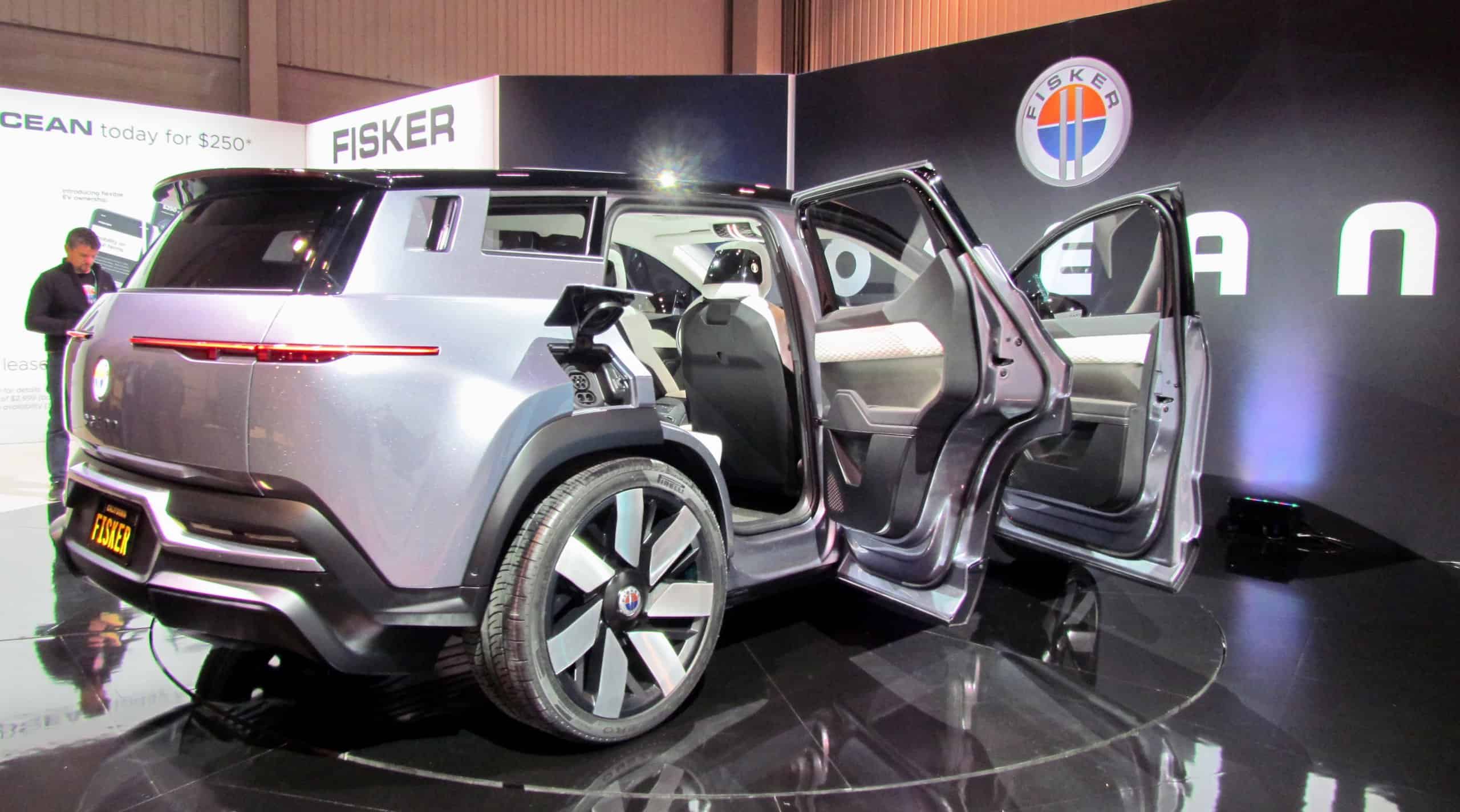
After producing some high-performance vehicles, former BMW and Aston Martin designer Henrik Fisker’s latest project is his first mass-market vehicle, the Fisker Ocean, an electric-powered SUV unveiled at CES.
Among the features is the California Mode which, at the touch of a button, lowers the windows — including the one in the tail gate — slides open the small rear quarter-panel windows and opens the sunroof. Ocean also will offer a solar-panel roof.
People (or cargo) moving pods
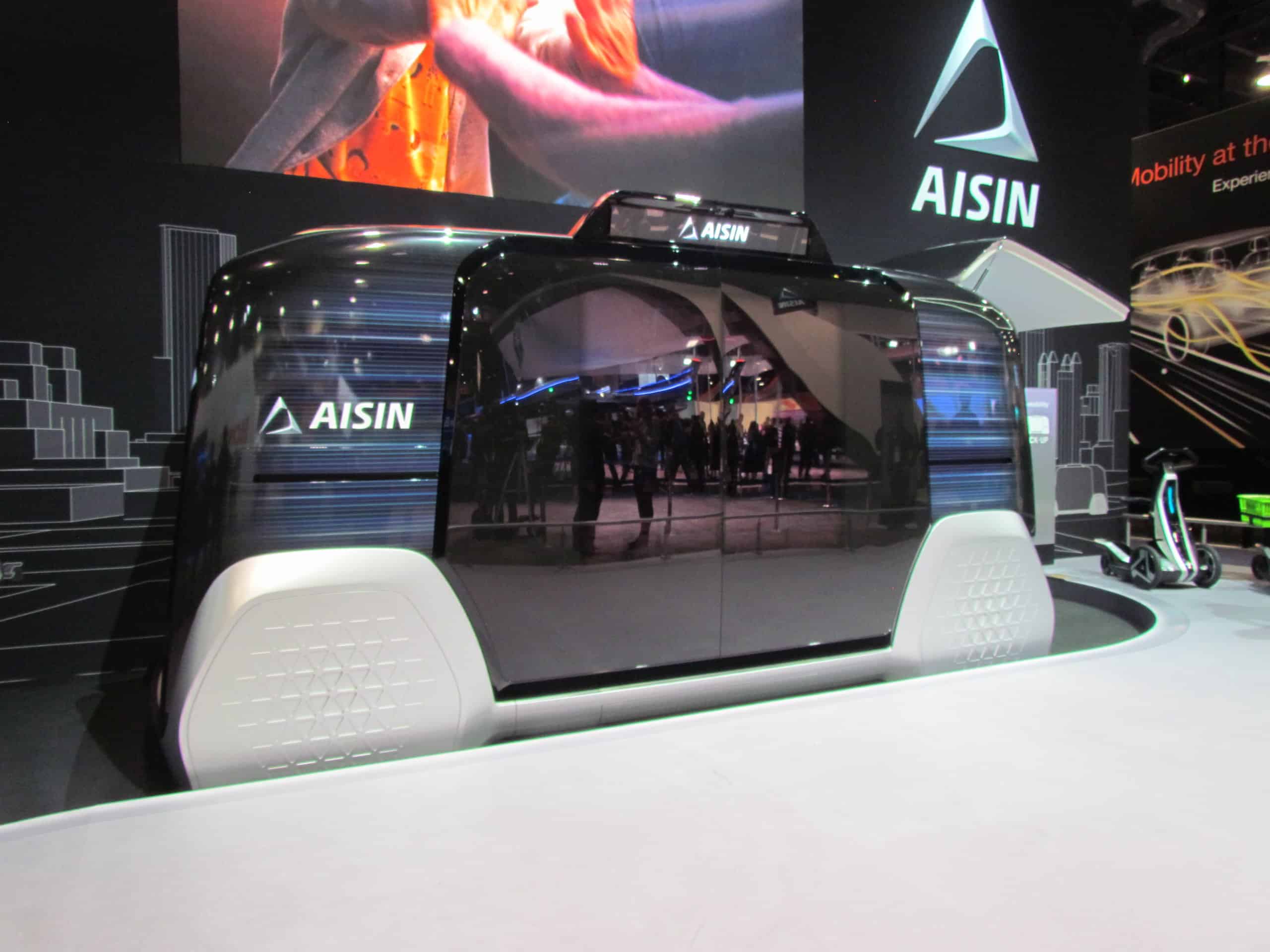

Rinspeed 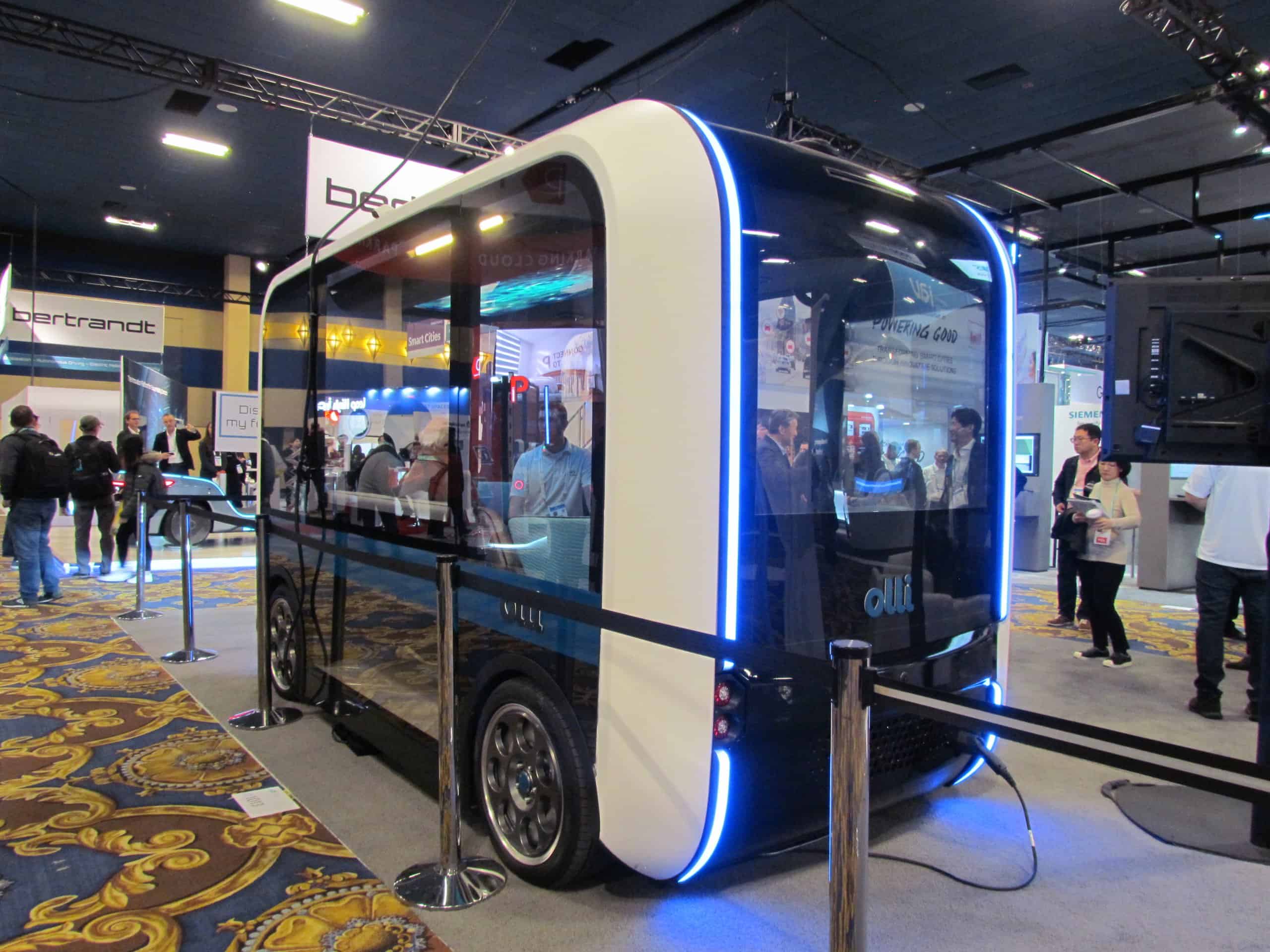
Local Motor Olli
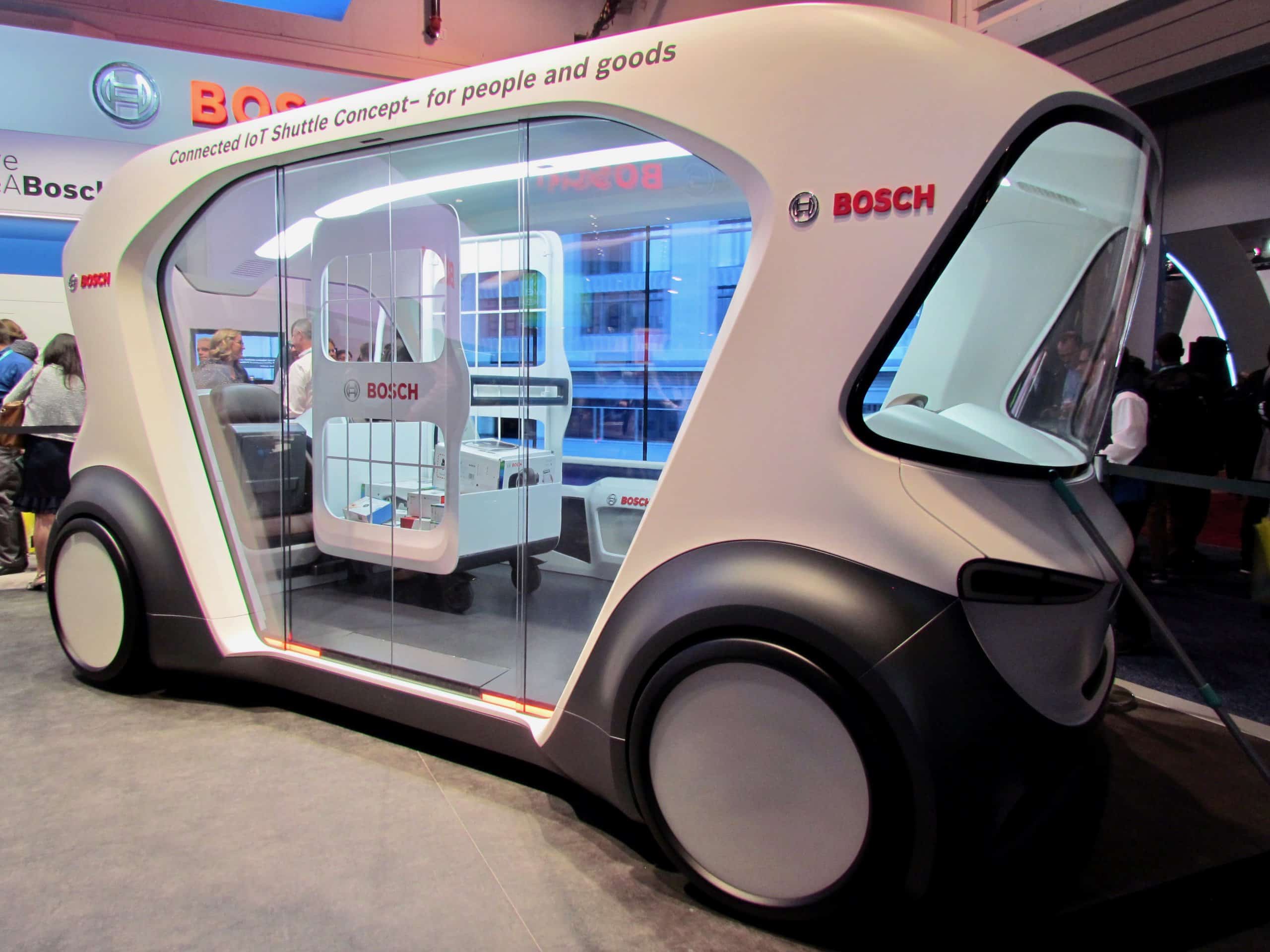
What do the Rinspeed MetroSnap, the ZF Automated Taxi, the Bosch Shuttle, the Aisin POD? and the Toyota ePalette have in common? They are box-like autonomous vehicles designed to transport people or cargo in what might be termed last-mile scenarios, whether from bus or subway terminals or heliports to downtown offices, stores and hotels, or from truck unloading areas to anything from a manufacturing plant to a restaurant or auto parts supply store. Some were displayed at CES with clear body panels to showcase the technology involved.
Honda Augmented Driving Concept

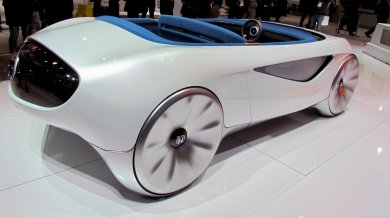
Honda’s Augmented Driving Concept vehicle looks like an ideal successor to its S2000 roadster. But what it is, is a vehicle designed to provide a “seamless transition” through more than eight driving modes, from manual to semi-autonomous to fully autonomous.
“Various sensors in the vehicle continuously read the user’s intention to smoothly shift between these modes, creating an instinctive driving experience,” Honda says.
Among the car’s features are a steering wheel that you tap twice to start the car and that you push forward to accelerate or pull toward you to slow or stop.
Hyundai Uber and Bell helicopter taxis
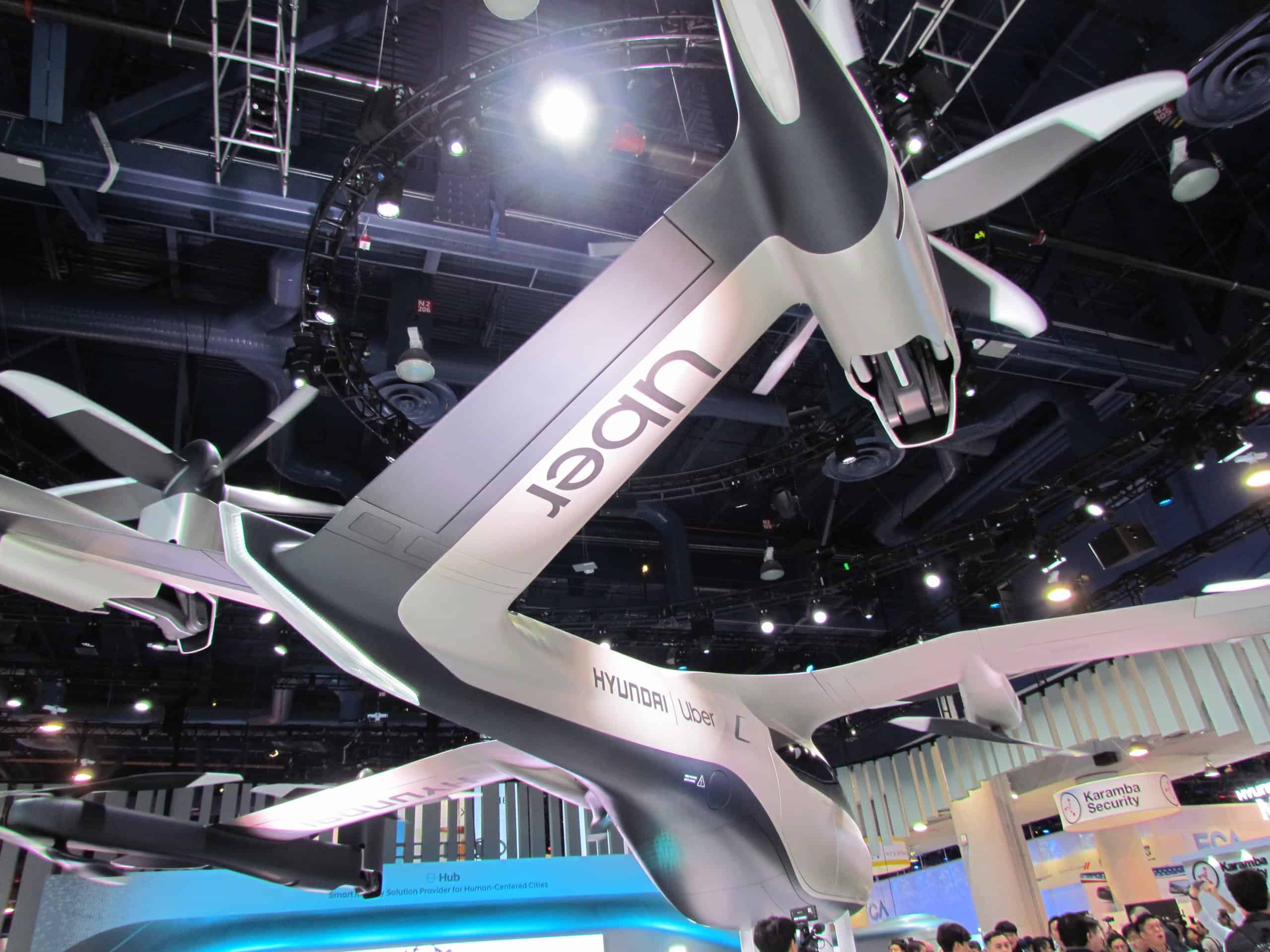
Bell helicopters unveiled its Nexus 4EX air taxi and Hyundai and UberElevate (the airborne branch of the ride-sharing service) announced plans for a 2023 launch for a fleet of 4-passenger and a pilot commuter helicopters, the Evtol S-A1. Both the Bell and Hyundai flyers are electric powered and have a range of around 60 miles.
Hyundai also will produce special people-mover vehicles to carry passengers from helicopter hubs to offices or other downtown locations.
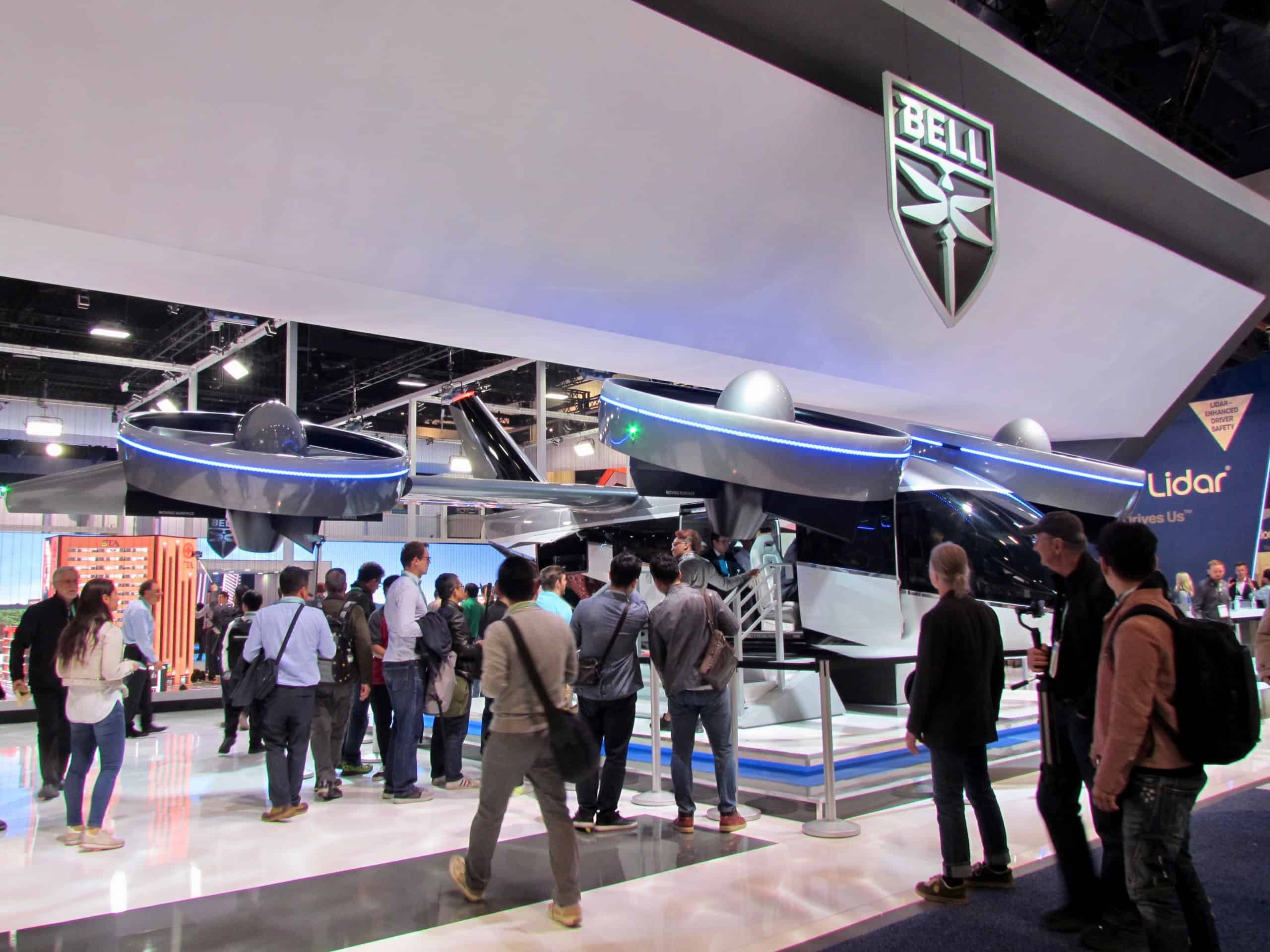
Chrysler Airflow Vision concept
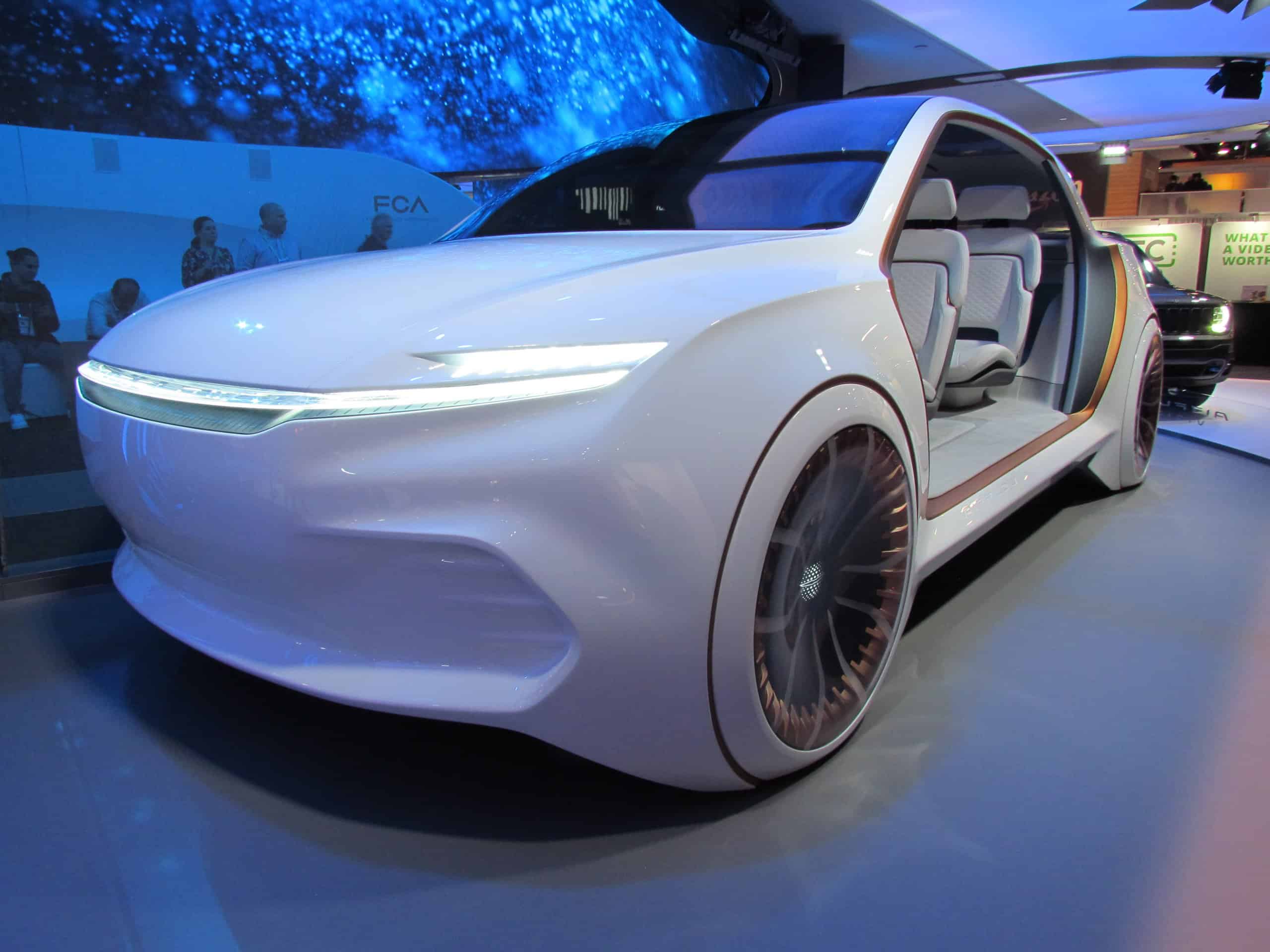
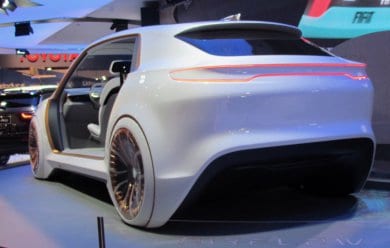
Fiat Chrysler Automobiles had a significant presence at CES, featuring Jeeps with electric plug-in ports for the new hybrid-electric powertrains that all Jeeps will offer by 2022, with the Fiat Centoventi concept vehicle that celebrates that brand’s 120 anniversary, and with the stunning Airflow Vision, a “sculptural design concept” that not only showcases advanced technologies, but perhaps predicts the next-generation of a Chrysler luxury vehicle.
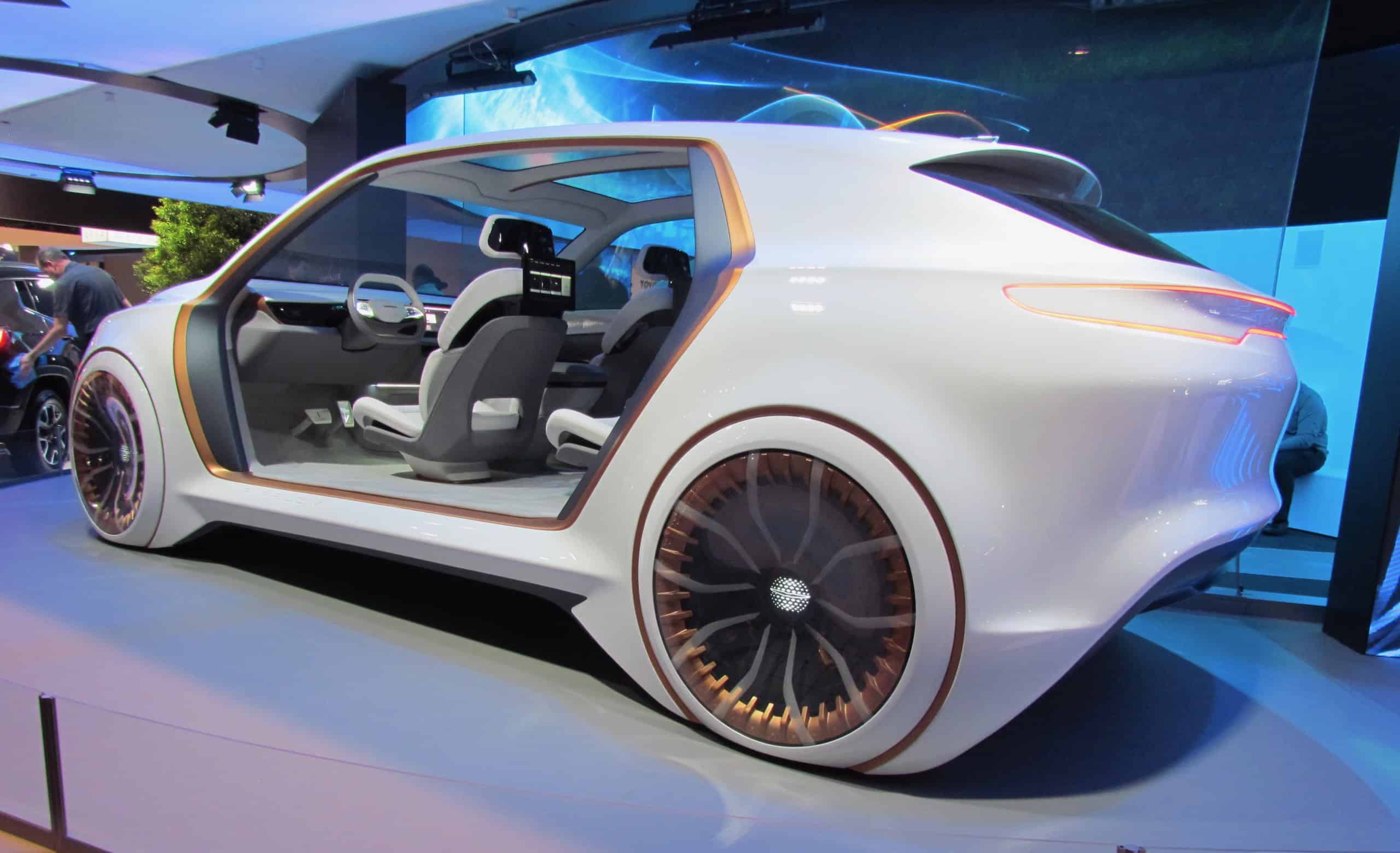

Fiat Centoventi 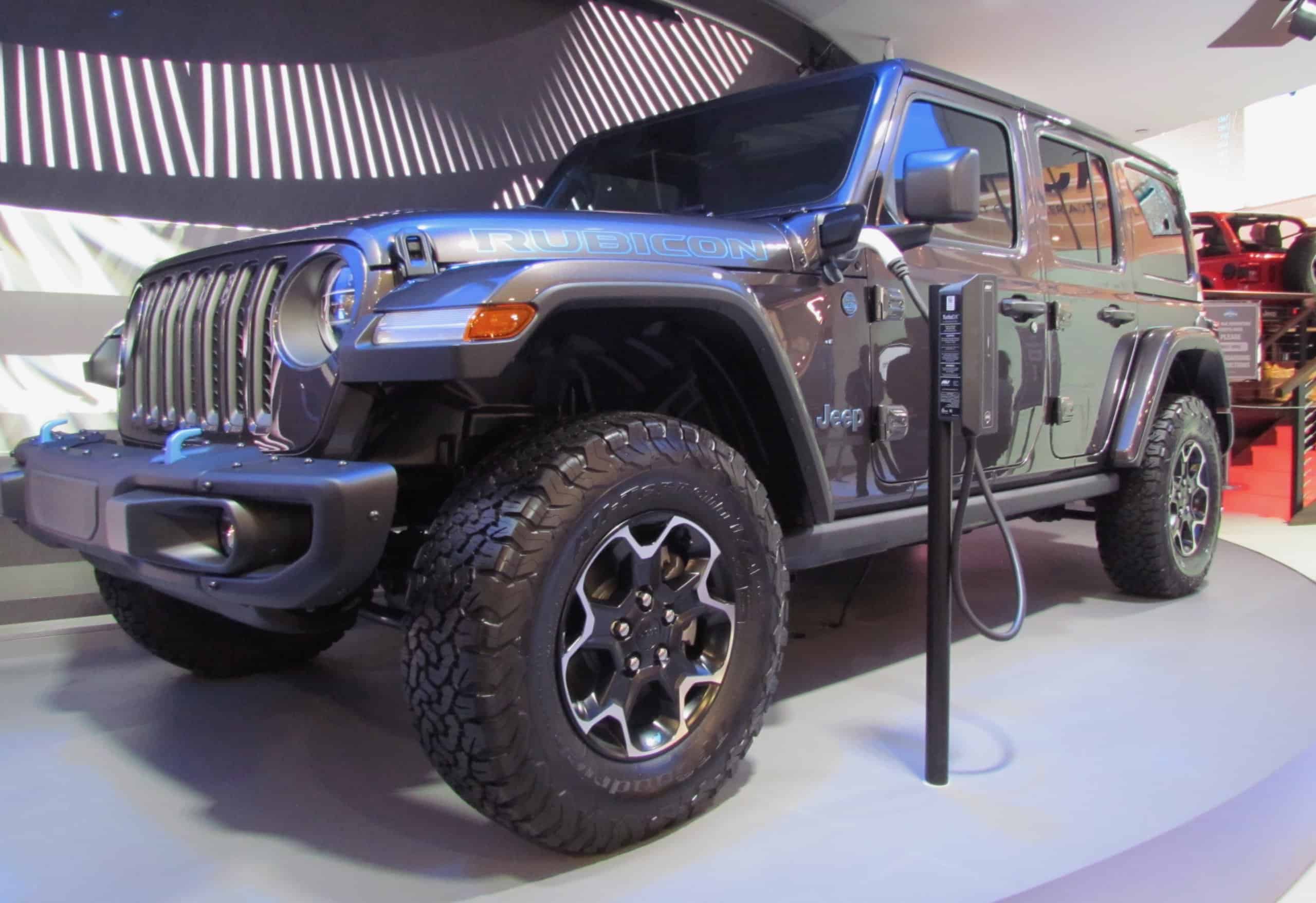
Plug-in Rubicon
Audi AI:ME concept
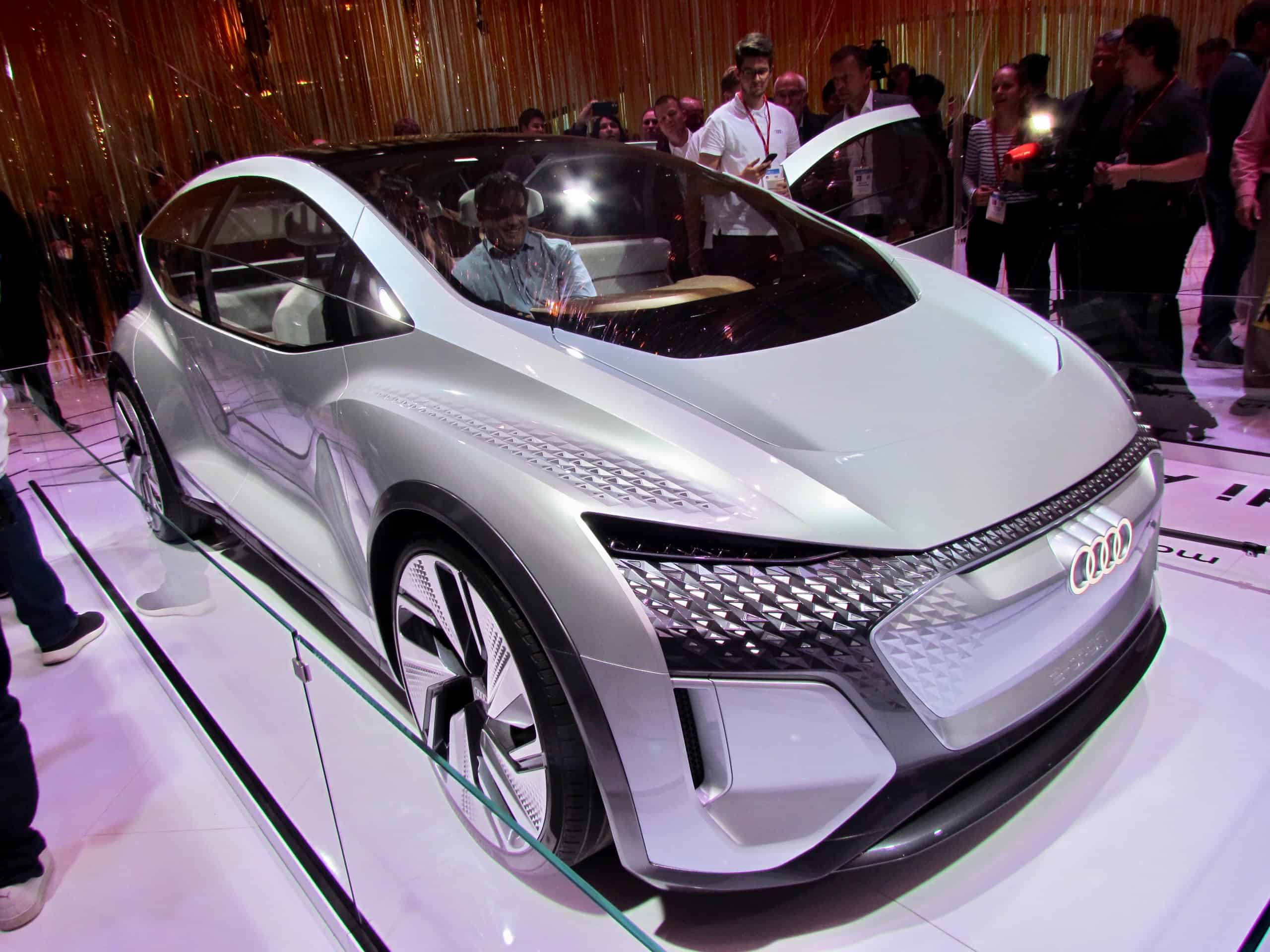
Audi says its Ai-Me show car is a “third living space” alongside the home and workplace, is designed to become “familiar with the desires and needs of its users.” Features include “self-learning” navigation, eye-tracking that lets you read a menu and the car automatically orders your next meal, virtual-reality goggles so you can enjoy the ride regardless of your current environment.
Nissan Ariya concept
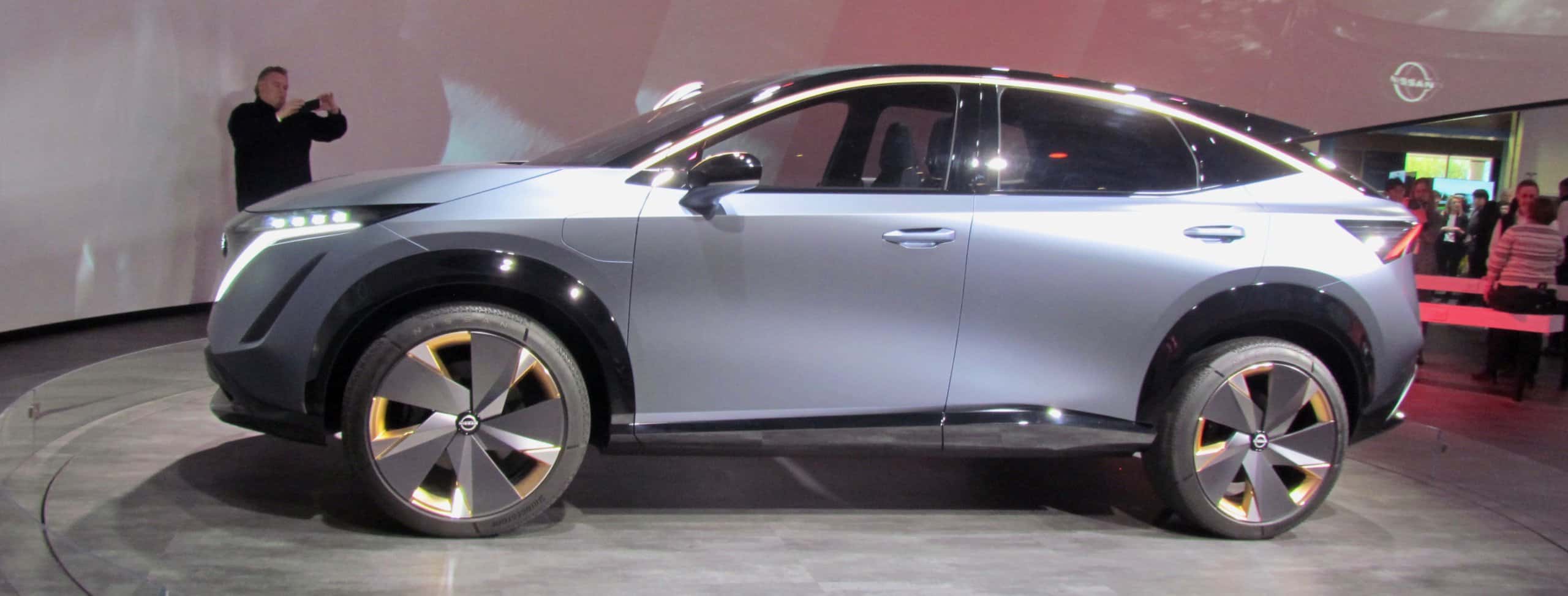
The Ariya concept is a zero-emission, all-wheel-drive crossover built on Nissan’s new electric-vehicle platform and promises “technologies and services that promise customers an innovative, future-thinking driving and ownership experience.” The concept showcases Nissan’s new design language built around “a single horizon line” and a front “shield” rather than a traditional grille.
Hyundai Mobis M.Vision S
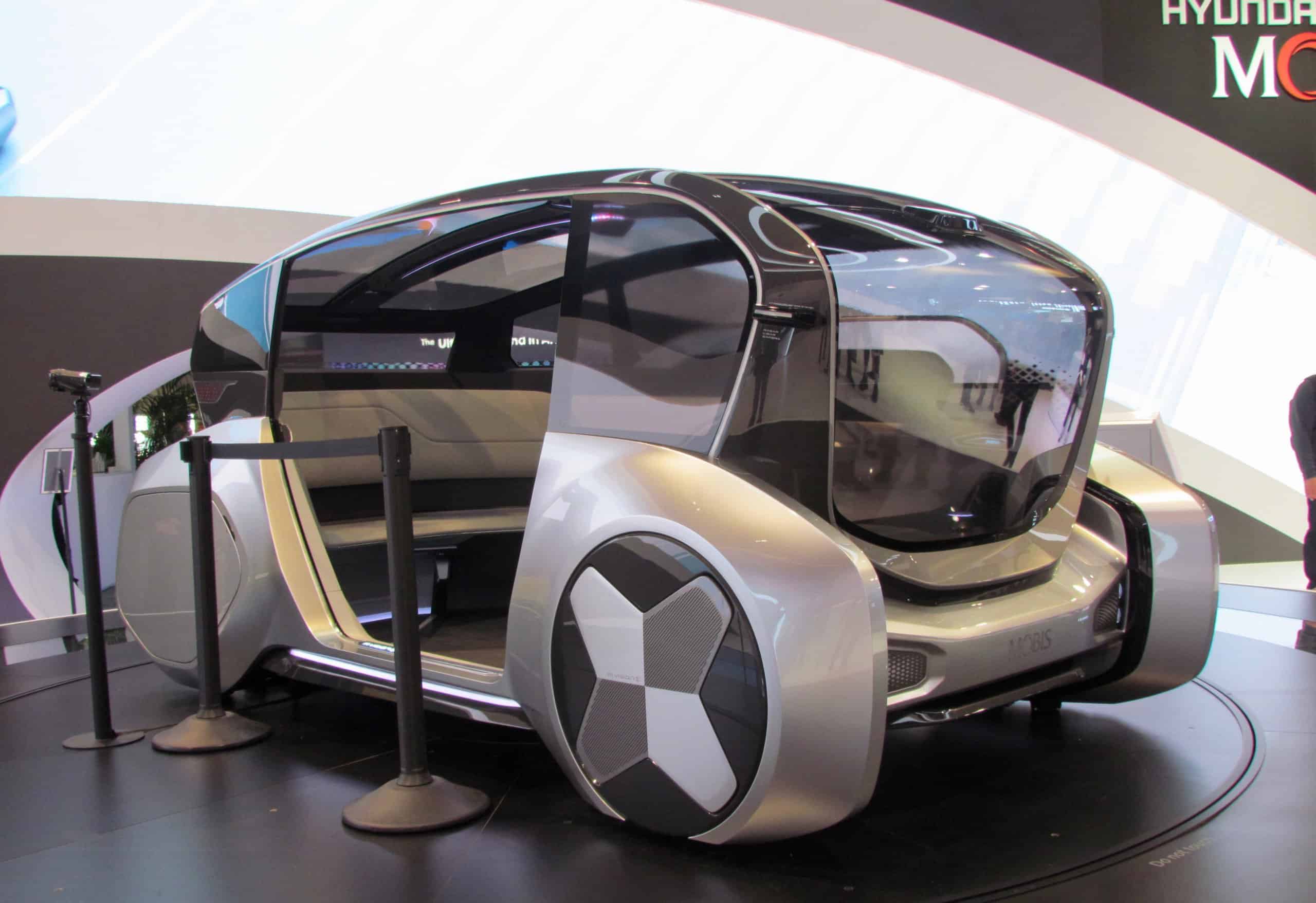
The M.Vision S is a concept from Hyundai Mobis that showcases an autonomous electric ride-sharing vehicle powered by a hydrogen fuel-cell system.
Toyota LQ
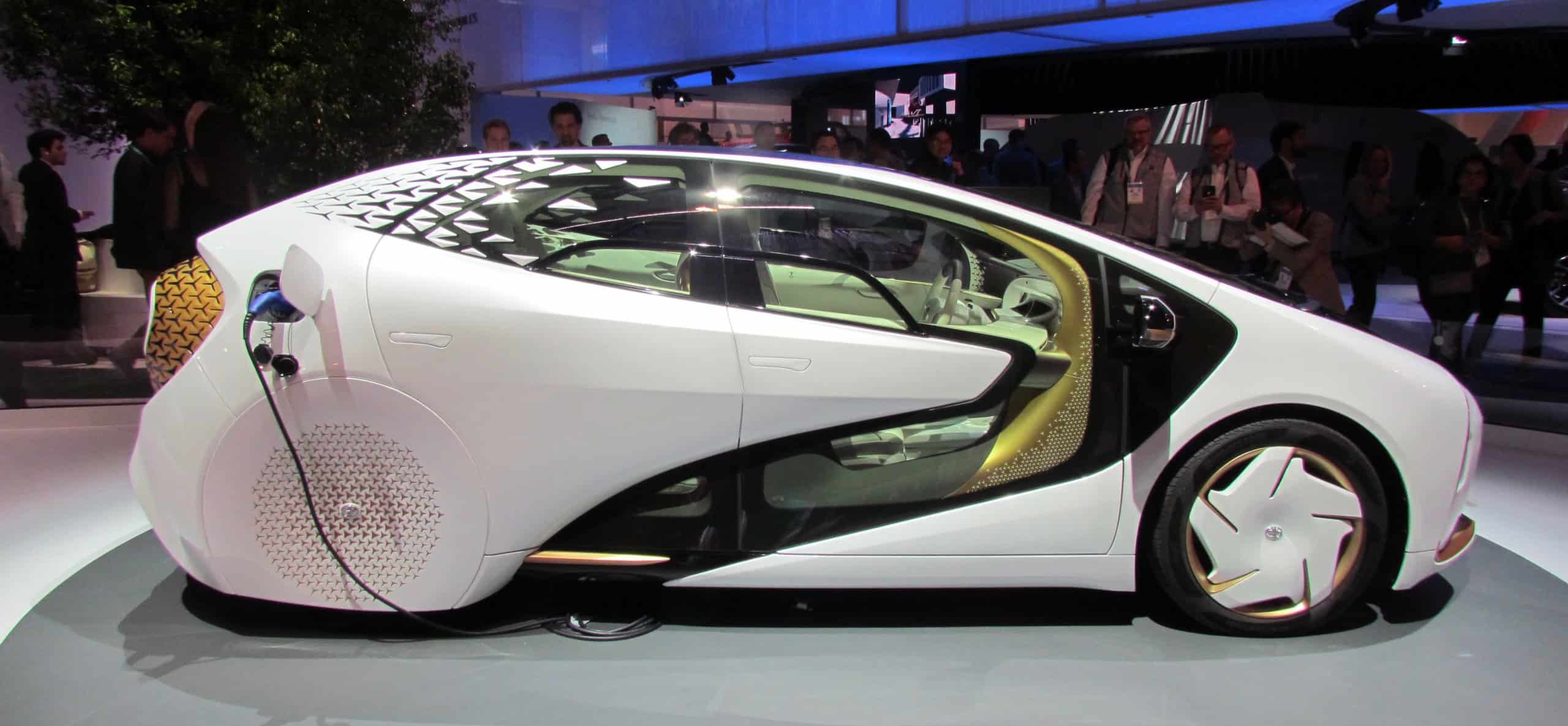
Toyota says its LQ concept is designed to “build an emotional bond” between car and driver. It has automated driving capabilities and “Yui,” which it calls “a powerful artificial intelligence-powered agent designed to learn from the driver and deliver a personalized mobility experience.”
Karma SC1
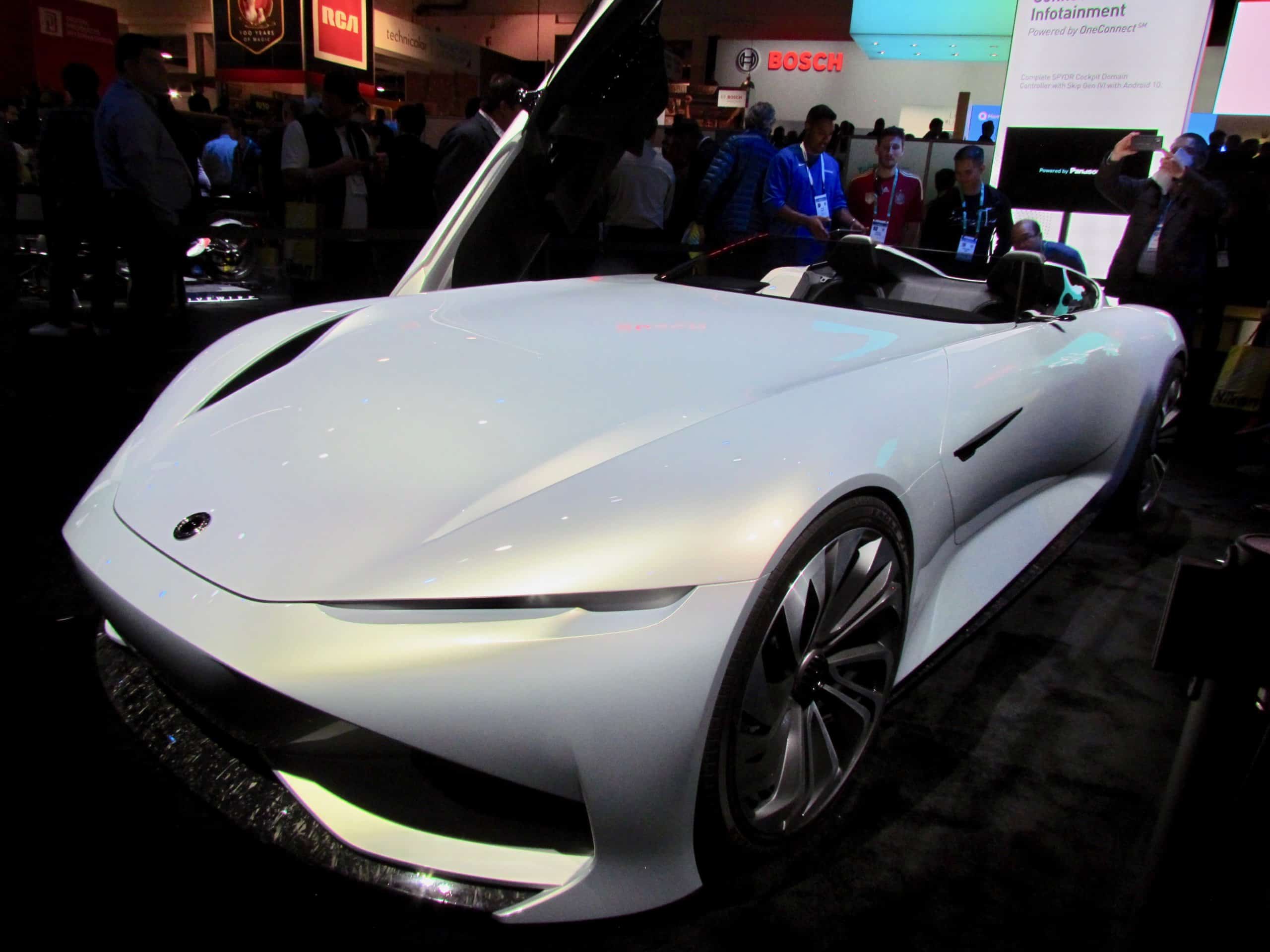
Southern California-based Karma displayed an SC1 Vision roadster showcasing technology from Panasonic, Amazon AWS, Blackberry QNX, Voxx, Xperi, Apma and Lerdder Tech and EyeRis.
Ford Mustang Mach E
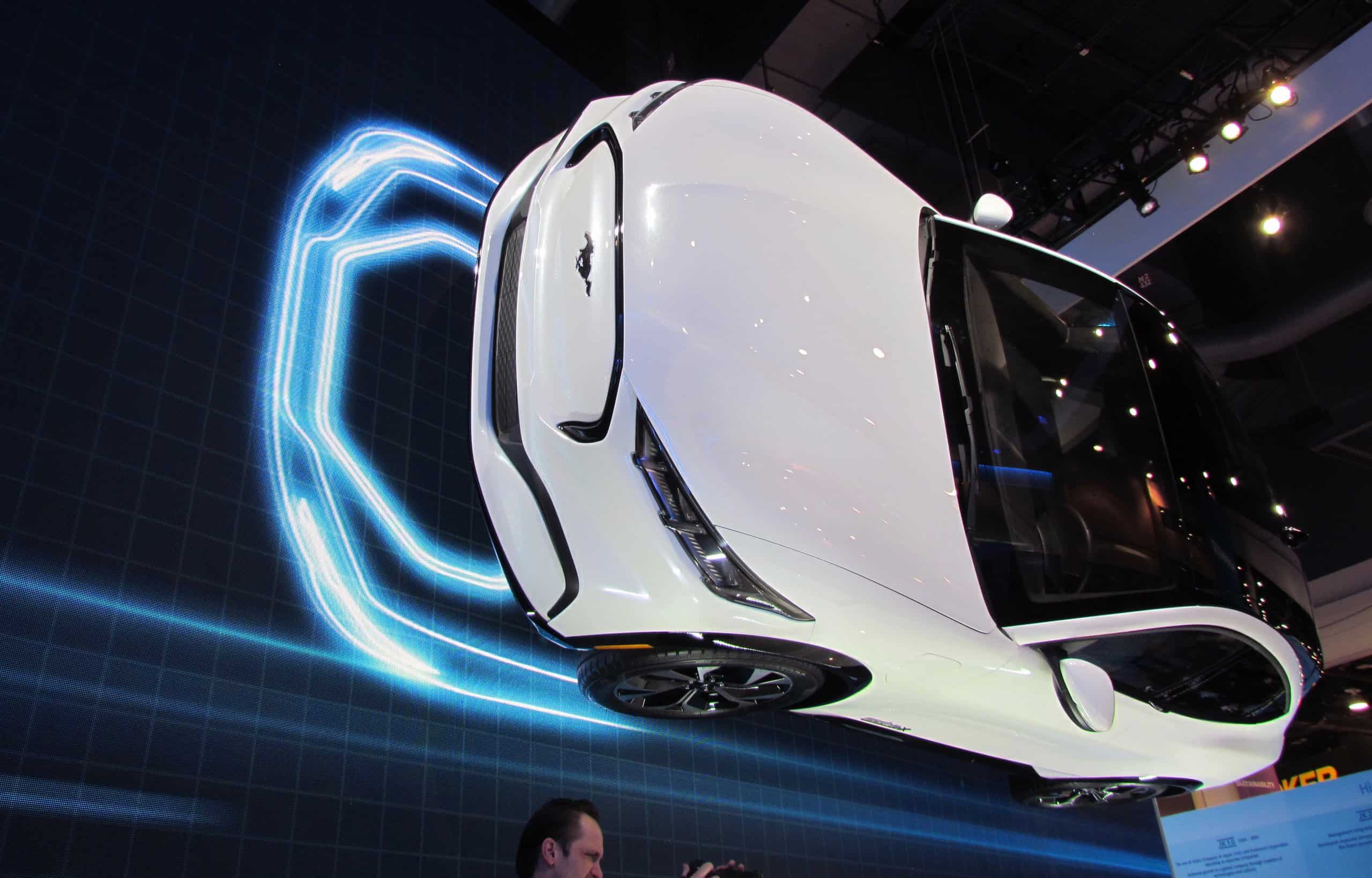
Ford hung one of its Mach E electrified Mustang-badged crossover vehicles on the wall and put another one on the floor for a closer view.
Lamborghini Huracan Evo
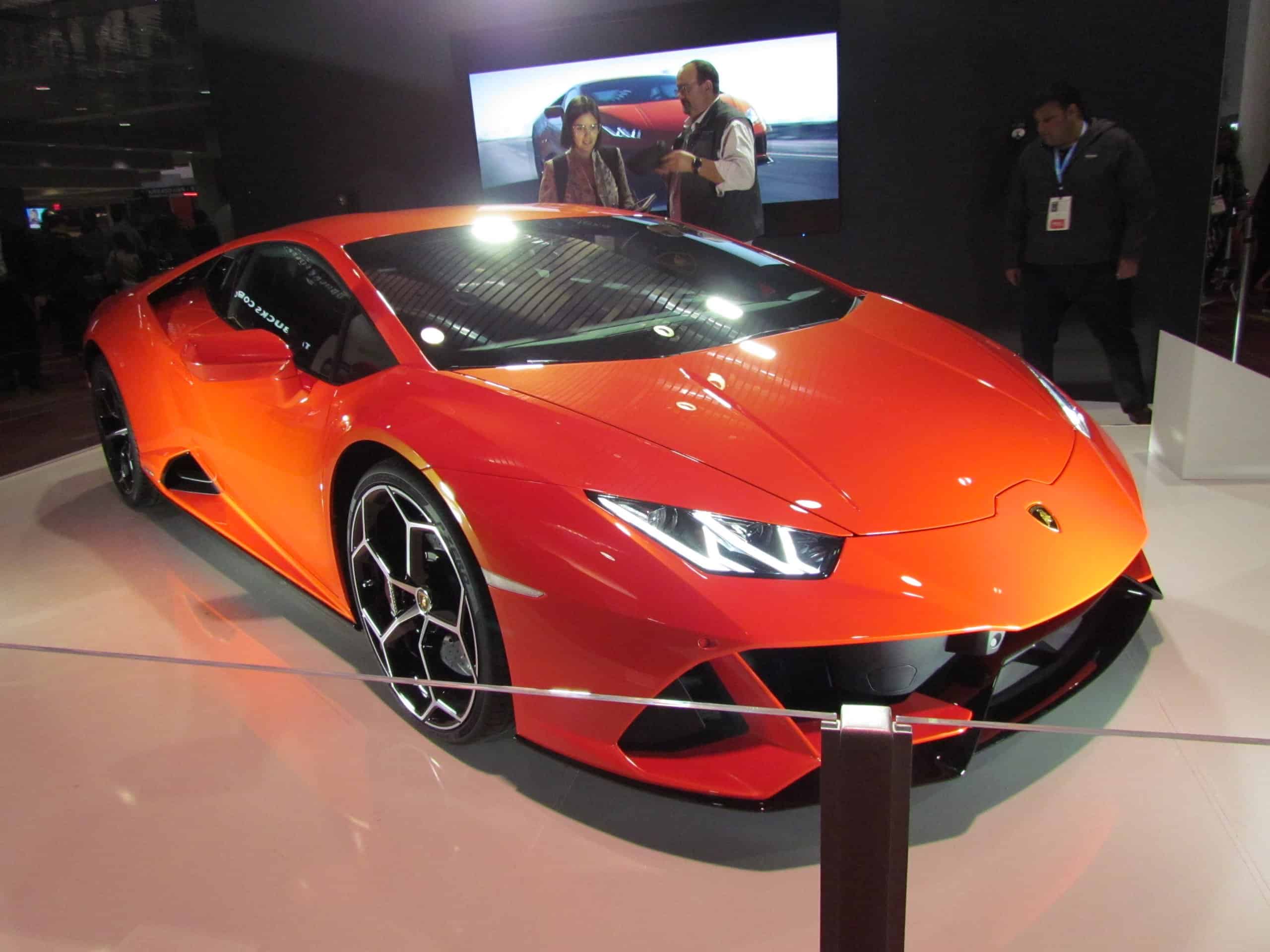
Lamborghini presented a Huracan Evo as the first car to incorporate Amazon Alexa voice control for cabin temperature, lighting, seat and other controls.
Segway S-Pod
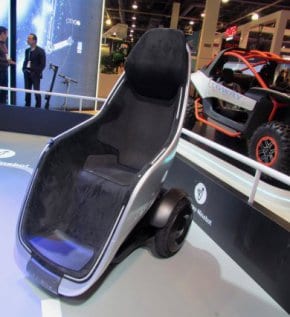
Segway launched a few years ago with an ingenious and intuitive self-balancing two-wheel “personal transporter.” It since has expanded its vehicle lineup to include scooters and bicycles.
At CES, it showed the S-Pod, a self-balancing two-wheeled seat in an eggshell-like frame, capable of traveling at more than 20 mph with a range of more than 40 miles.
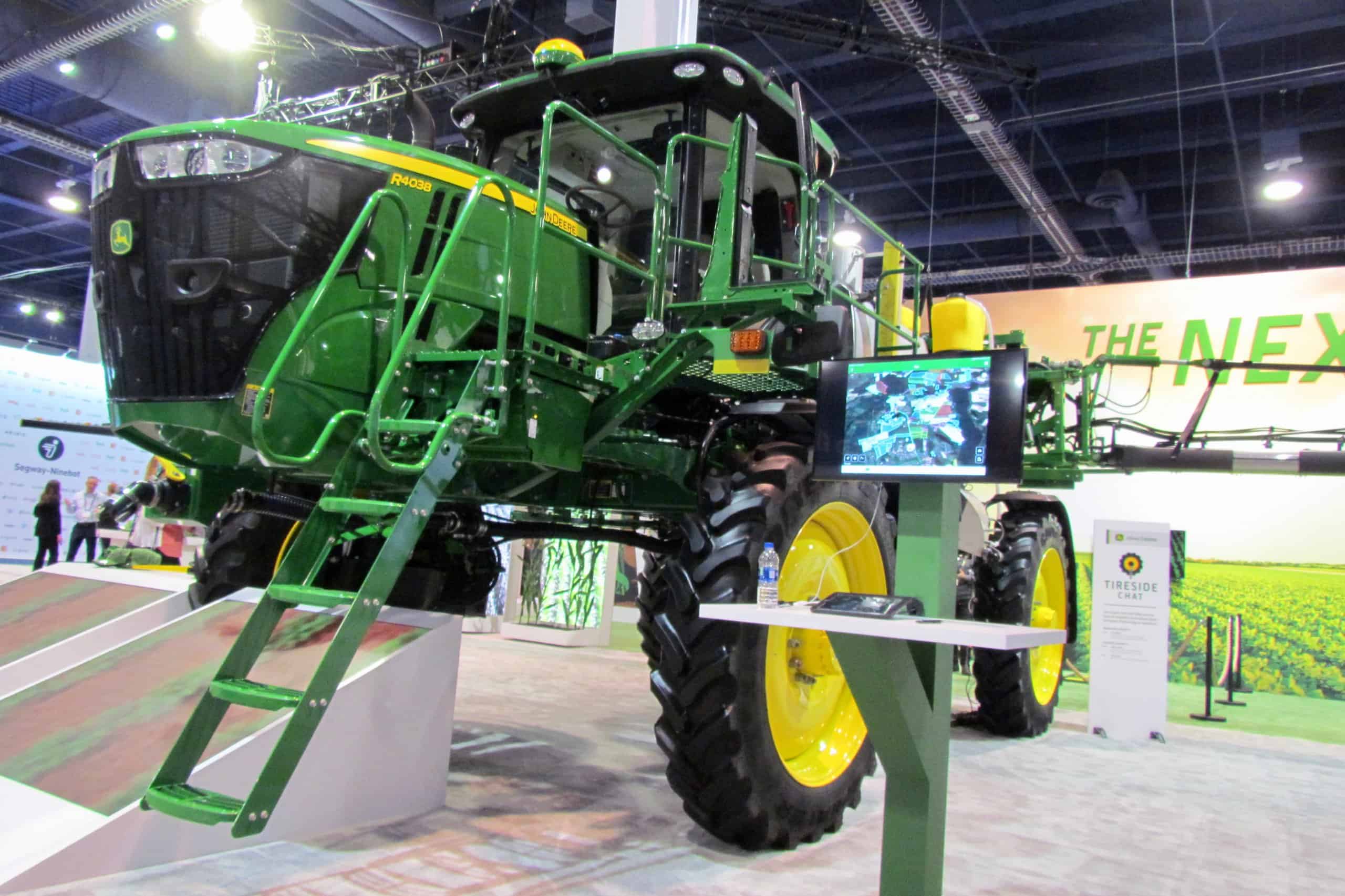
John Deere semi-autonomous tractor and sprayer
As the world population increases and urban areas spread, land available for farming shrinks. How to feed everyone? One solution is provided by technology.
John Deere showed a huge tractor with a 120-foot sprayer attachment. Tractor and sprayer are equipped with 400 sensors to measure any waste or even pollution of nearby streams.
During planting season, the farmer might spend 18 hours a day in the air-conditioned cockpit running the farm via computer and cell phone while enjoying a massage seat, built-in cooler and the fact that the tractor has semi-autonomous steering.
Bertrandt Harri
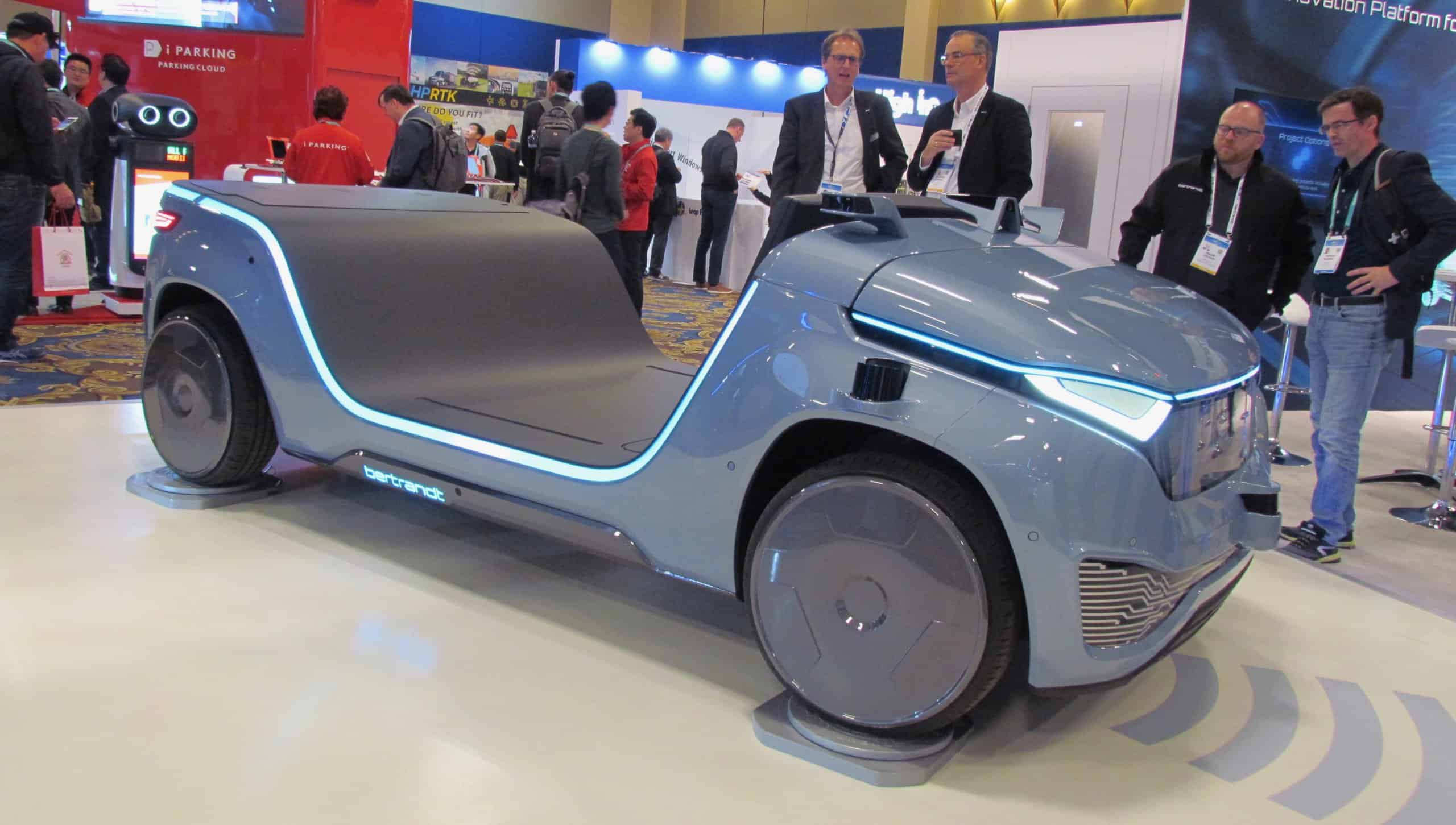
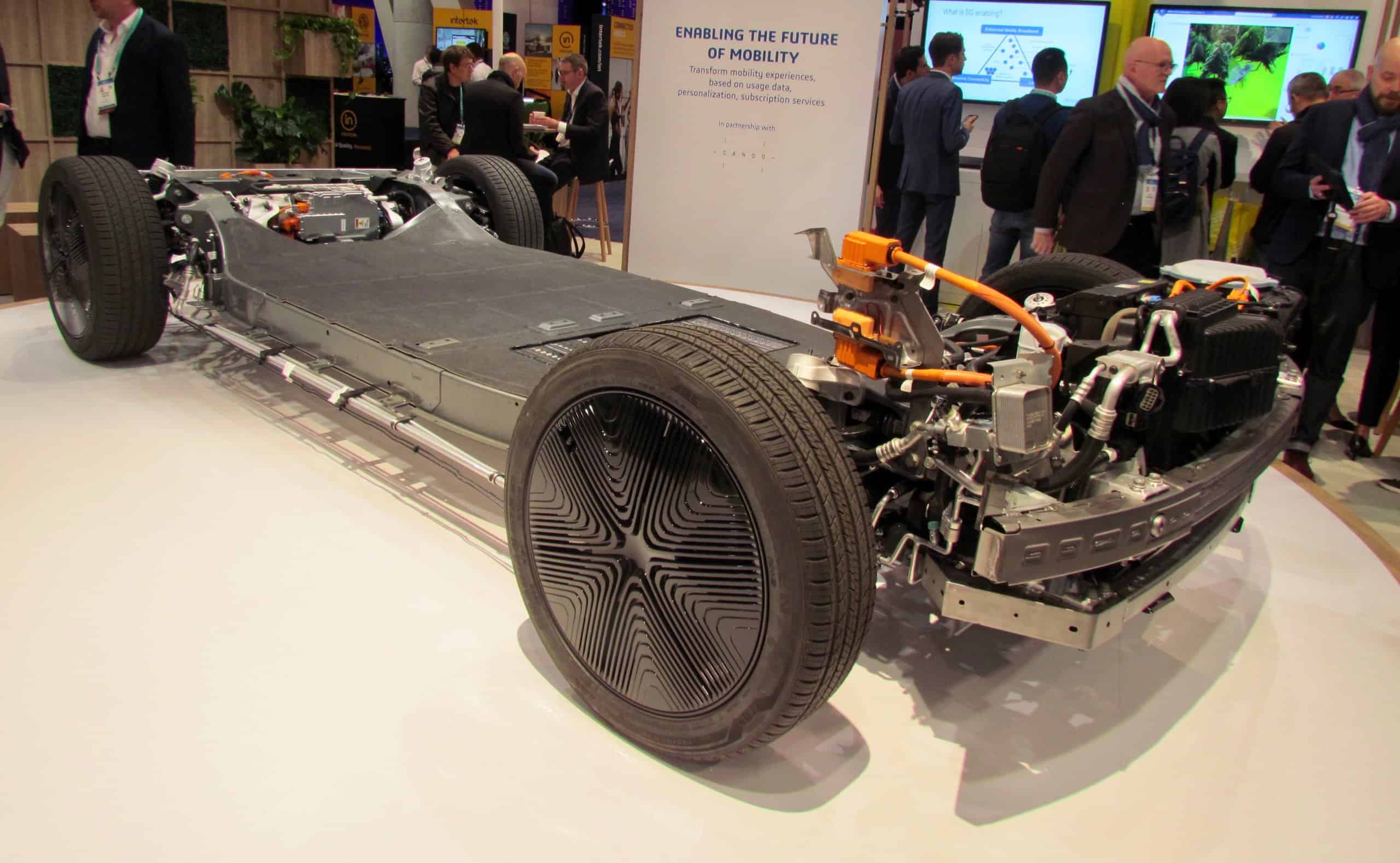
Dassault 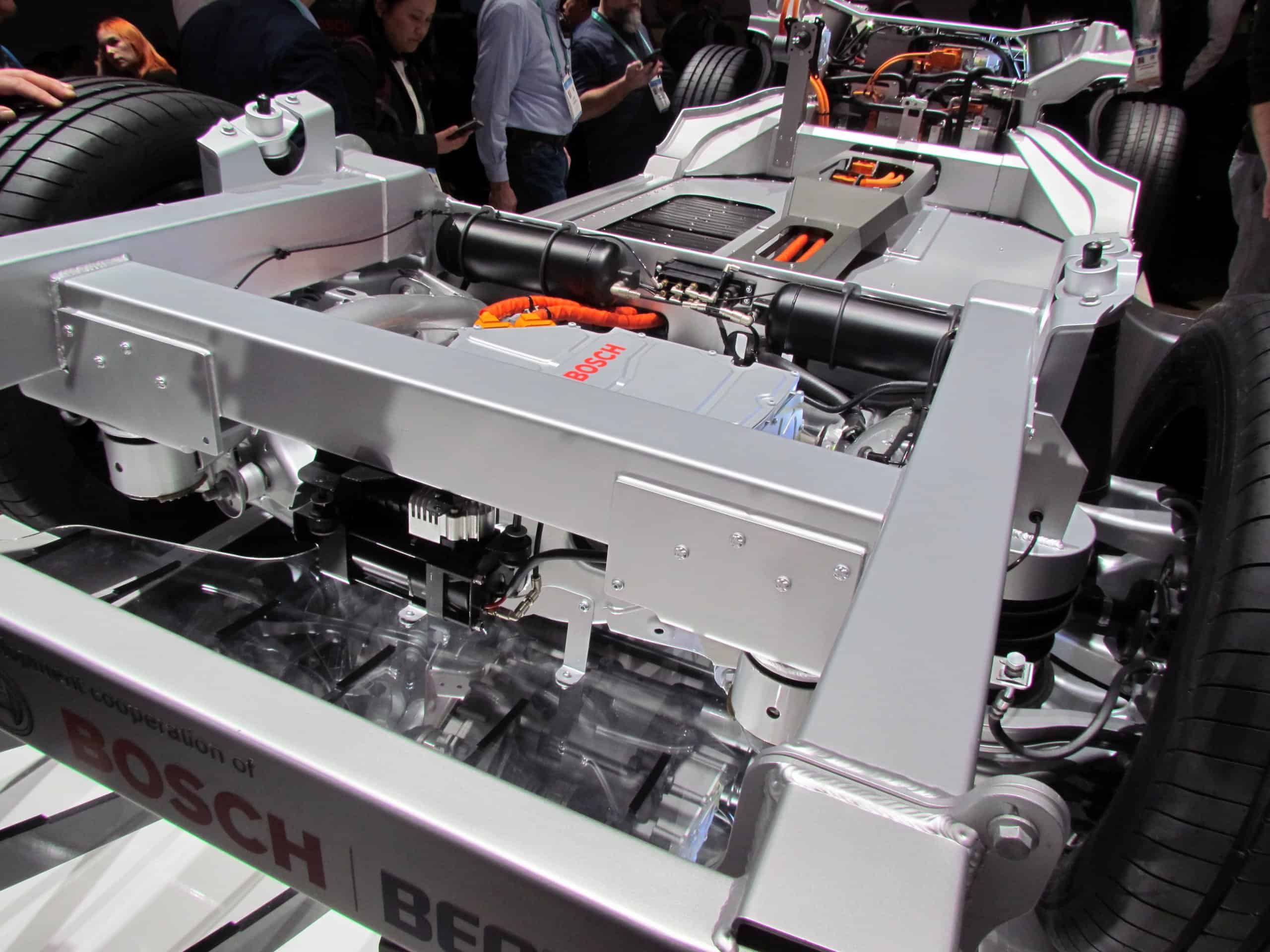
Bosch
Silicon Valley startup Bertrandt displayed Harri, an autonomous electric vehicle platform designed to accept whatever sort of coachwork someone might design for it. Also displaying such body-ready chassis were Dassault and Bosch.
Tropos Motors

Silicon Valley startup Tropos Motors showed a pair of its Able line of e-LSVs trucks — low-speed, narrow-track electric vehicles — designed for fleet, first-responder, agricultural and last-mile delivery uses. The vehicles share a common chassis with a variety of bolt-on body options.
SEMA-show junior
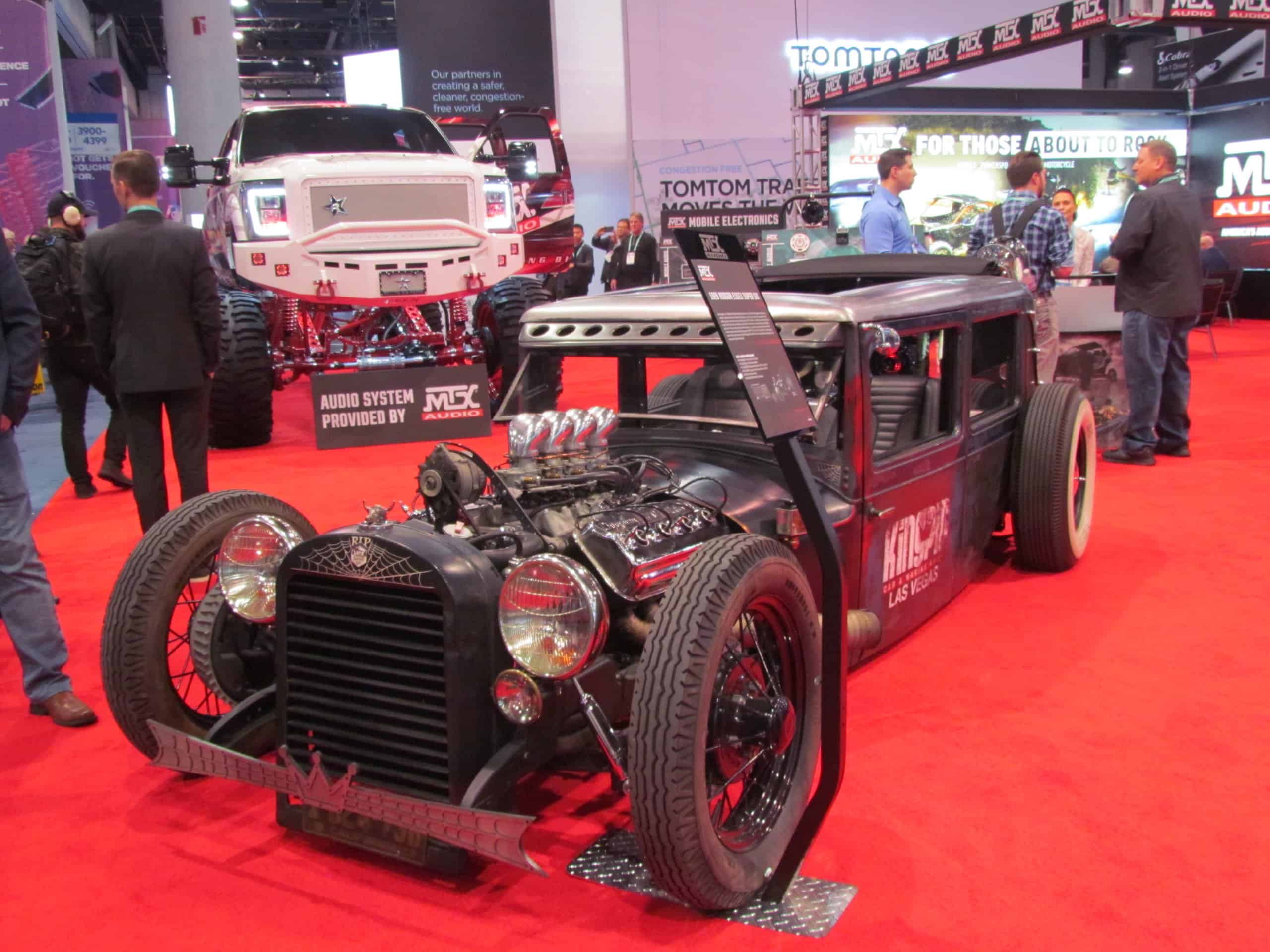
Automotive audio equipment producers MTX and AudioControl provided a small taste of the recent SEMA Show as they used a vintage Dodge Power Wagon, a rat rod and a lifted pickup truck to showcase their wares.



